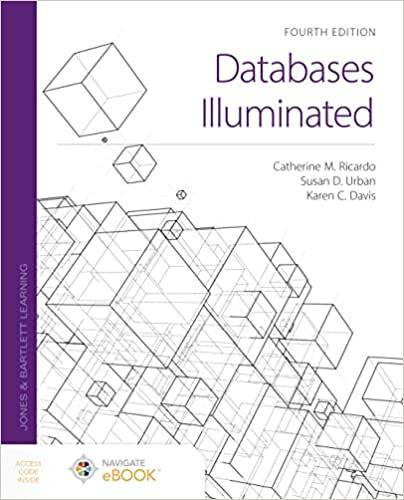Please make sure to answer all the questions !!!

The purpose of this lab is to do simple arithmetic and bit by bit output to be able to display a numeric value in binary. For this lab and all future labs, the term "assemble" will mean to use the assembler, linker, loader etc., to be produce an executable file that you will run Write and assemble a program that will accept a value from the keyboard and display that value on the screen as a decimal, octal, hexadecimal and binary value. You may assume that you are using unsigned 32bit or 64bit integers - you must specify which you have decided to use. Yoiu may need to use a high level language library (such as C++) for the actual input and output, but do not use the high level language for actual data conversion. Note that input will be in ASCII (ISO/IEC 646:1991 US) and output will be in ASCII (e.g., Ox30 to display 0 and Ox31 to display 1 when you doing binary display). Thus, if bit N of M bits (enumerating from 0 to M-1 for M bits) is 1, output 0x31, whereas if it is 0, output Ox30. Note that 0x31 is the numeric value for an ASCII device to display the character 1 The purpose of this lab is to do simple arithmetic and bit by bit output to be able to display a numeric value in binary. For this lab and all future labs, the term "assemble" will mean to use the assembler, linker, loader etc., to be produce an executable file that you will run Write and assemble a program that will accept a value from the keyboard and display that value on the screen as a decimal, octal, hexadecimal and binary value. You may assume that you are using unsigned 32bit or 64bit integers - you must specify which you have decided to use. Yoiu may need to use a high level language library (such as C++) for the actual input and output, but do not use the high level language for actual data conversion. Note that input will be in ASCII (ISO/IEC 646:1991 US) and output will be in ASCII (e.g., Ox30 to display 0 and Ox31 to display 1 when you doing binary display). Thus, if bit N of M bits (enumerating from 0 to M-1 for M bits) is 1, output 0x31, whereas if it is 0, output Ox30. Note that 0x31 is the numeric value for an ASCII device to display the character 1







